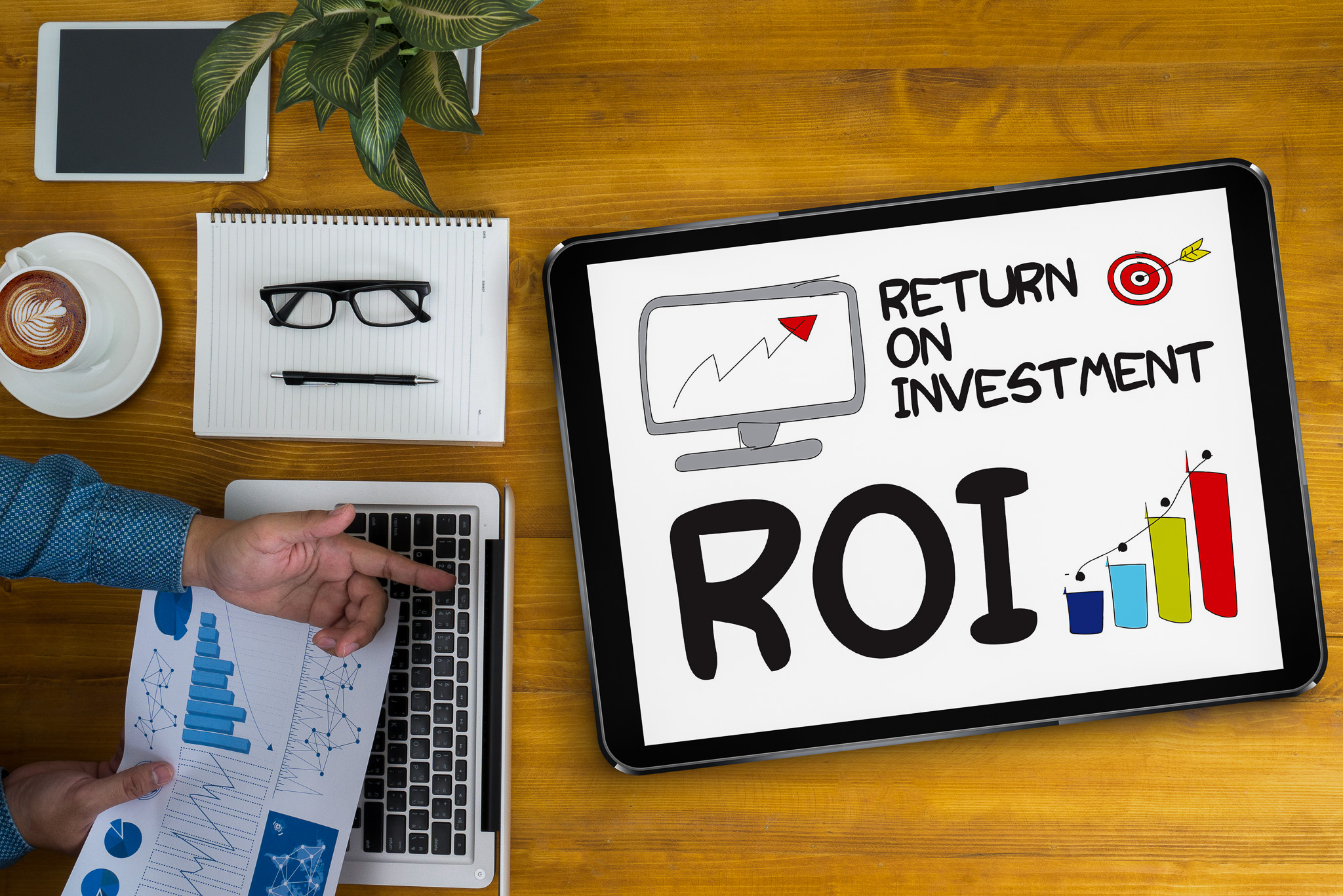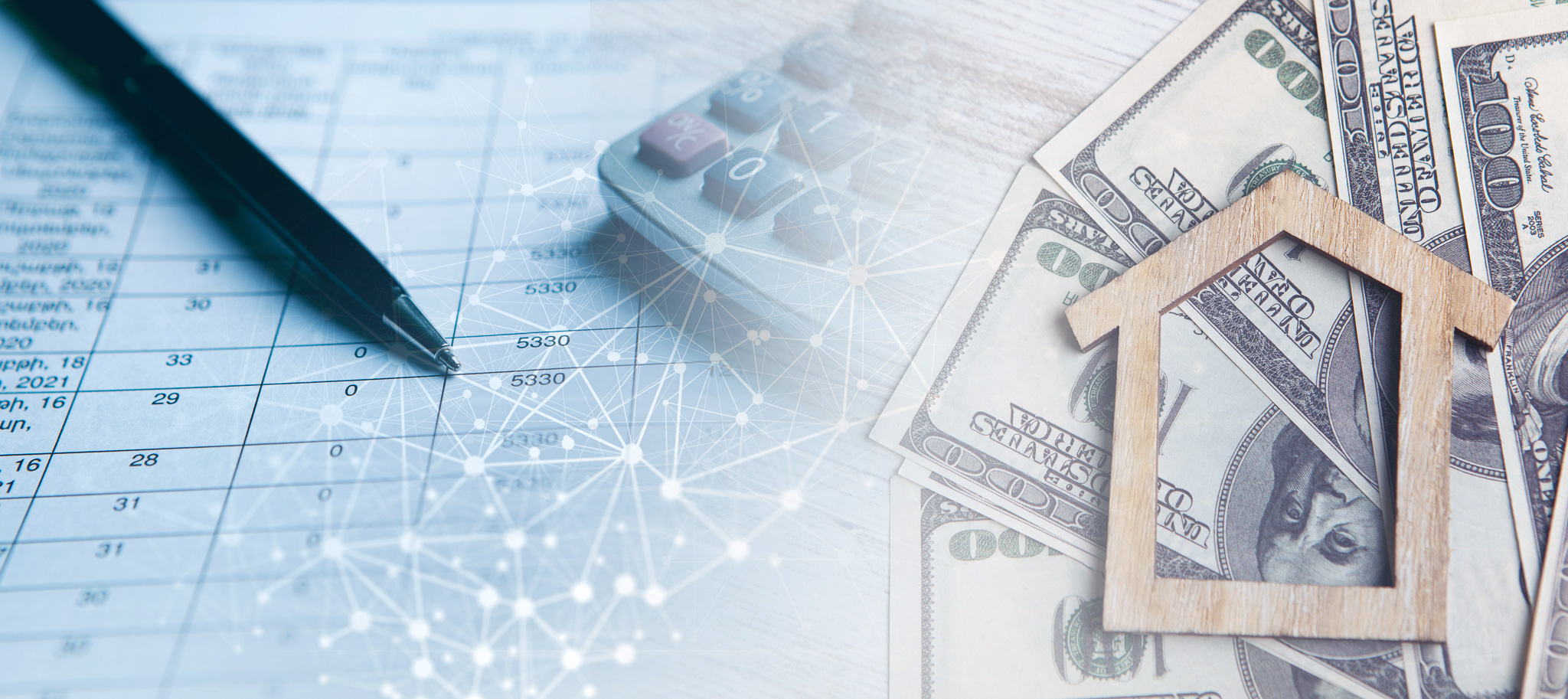Return on investment (ROI) is a crucial metric for evaluating the profitability of any investment, and it’s essential in real estate. Whether you’re a seasoned investor or a first-time homebuyer, understanding how to calculate and improve your ROI is crucial in making informed decisions. In this article, we’ll explore what ROI in real estate means, how it’s calculated, the factors that influence it, and strategies for maximizing returns.
What Is ROI in Real Estate?
ROI, or return on investment, is a performance measure used to evaluate the efficiency or profitability of an investment. In real estate, it refers to the return or Profit generated from a property relative to the cost of the investment. A higher ROI indicates a more profitable investment.
The formula for ROI in real estate is relatively simple:
ROI=Net ProfitTotal Investment Cost×100\text{ROI} = \frac{\text{Net Profit}}{\text{Total Investment Cost}} \times 100ROI=Total Investment CostNet Profit×100
- Net Profit is the income or gains generated by the property minus expenses such as maintenance, taxes, and mortgage payments.
- Total Investment Cost is the sum of all the money you’ve invested in the property, including the purchase price, renovations, and closing costs.
ROI can be calculated for rental properties, fix-and-flip investments, or long-term appreciation, and the method you use may vary depending on your investment goals.
Factors That Affect ROI in Real Estate
Several factors can impact the ROI of a real estate investment. These variables should be carefully considered when evaluating a property’s potential profitability.
Property Purchase Price
The price at which you purchase a property is one of the most significant factors affecting ROI. The lower the purchase price relative to the property’s income potential or appreciation, the higher your ROI will be. However, balancing affordability with quality, location, and the property’s potential for future value growth is essential.
Rental Income
For rental properties, rental income is a significant determinant of ROI. The higher the rent you can charge, the more income you’ll generate from the property. Location, property type, and local rental demand will influence the rent you can expect to receive.
Expenses
Your operating expenses directly impact your net Profit and, consequently, your ROI. These expenses include property taxes, insurance, repairs, maintenance, property management fees, and utilities. It’s critical to clearly understand all potential costs before purchasing a property to ensure they won’t significantly reduce your returns.
Financing Terms
Suppose you’re financing the property through a mortgage. In that case, the loan terms (interest rate, down payment, and loan duration) will affect your ROI. A lower interest rate and favorable loan terms can reduce your monthly payments and improve cash flow, thus boosting your ROI. Conversely, high-interest loans or large down payments may reduce your overall returns.
Appreciation
Real estate tends to appreciate over time, meaning the value of your property could increase, contributing to a higher ROI. However, appreciation rates can vary depending on the local market, economic conditions, and property improvements. Investing in markets with strong growth potential can lead to higher long-term returns.
Occupancy Rates
Vacancy rates directly impact rental income and, consequently, ROI for rental properties. High occupancy rates mean a steady income stream, while frequent vacancies will reduce your cash flow and profitability. Property owners should consider market demand, tenant retention strategies, and competitive pricing to maintain high occupancy rates.
How to Calculate ROI for Different Types of Real Estate Investments
Calculating ROI in real estate depends on the type of investment you’re making. Here’s how ROI calculations differ across rental properties, fix-and-flip projects, and long-term property holdings.
ROI for Rental Properties
ROI is calculated by considering rental income and operating expenses for rental properties. The most common method is the cap rate (capitalization rate), which measures the return on a property based on its net operating income (NOI) and the purchase price.
Cap Rate=Net Operating Income (NOI)Purchase Price×100\text{Cap Rate} = \frac{\text{Net Operating Income (NOI)}}{\text{Purchase Price}} \times 100Cap Rate=Purchase PriceNet Operating Income (NOI)×100
Where:
NOI = Rental income – Operating expenses (excluding mortgage payments).
For example, if a property generates $15,000 in rental income annually and has $3,000 in operating expenses, the NOI would be $12,000. If the purchase price is $200,000, the cap rate would be:
Cap Rate=12,000200,000×100=6%\text{Cap Rate} = \frac{12,000}{200,000} \times 100 = 6\%Cap Rate=200,00012,000×100=6%
This means you’re earning a 6% return on your investment before considering mortgage payments.
ROI for Fix-and-Flip Properties
For fix-and-flip investments, ROI is calculated based on the sale price of the renovated property and the total investment costs (including the purchase price, renovation costs, and holding costs like property taxes and utilities).
ROI=Sale Price−Total InvestmentTotal Investment×100\text{ROI} = \frac{\text{Sale Price} – \text{Total Investment}}{\text{Total Investment}} \times 100ROI=Total InvestmentSale Price−Total Investment×100
For example, if you purchase a property for $100,000, spend $30,000 on renovations, and sell it for $180,000, your ROI would be:
ROI=180,000−130,000130,000×100=38.46%\text{ROI} = \frac{180,000 – 130,000}{130,000} \times 100 = 38.46\%ROI=130,000180,000−130,000×100=38.46%
This calculation shows a 38.46% return on your investment.
ROI for Long-Term Property Holdings
ROI is typically calculated for long-term investments by factoring in rental income and property appreciation over time. In this case, ROI is the sum of your annual returns (from rent) and the appreciation rate.
ROI=Total Income+Appreciation−Total CostsTotal Costs×100\text{ROI} = \frac{\text{Total Income} + \text{Appreciation} – \text{Total Costs}}{\text{Total Costs}} \times 100ROI=Total CostsTotal Income+Appreciation−Total Costs×100
If your property appreciated by $50,000 over five years and you earned $60,000 in rental income (after expenses) on a $200,000 investment, your ROI would be:
ROI=50,000+60,000200,000×100=55%\text{ROI} = \frac{50,000 + 60,000}{200,000} \times 100 = 55\%ROI=200,00050,000+60,000×100=55%
This shows a 55% return on investment during the ownership period.
Strategies to Improve ROI in Real Estate
Maximizing ROI is a top priority for real estate investors. Here are some strategies to increase your returns:
Buy Below Market Value
Purchasing a property below its market value through foreclosure, auctions, or distressed sales can significantly boost your ROI. When you buy at a discount, there’s more room for appreciation and Profit.
Improve the Property
Renovations and upgrades can increase a property’s value and rental income potential. Focus on returns improvements, such as kitchen and bathroom remodels, curb appeal enhancements, and energy-efficient upgrades.
Increase Rental Income
If you own a rental property, consider raising rent in line with market rates or offering additional services, such as furnished units or pet-friendly accommodations, to attract higher-paying tenants.
Reduce Expenses
Reducing operating costs can improve your net Profit and, thus, your ROI. Shop for better insurance rates, manage utilities efficiently, and perform preventative maintenance to avoid costly repairs.
Invest in High-Growth Markets
Investing in areas with solid job growth, population increases, and infrastructure development can lead to higher appreciation rates and rental demand, improving both short-term and long-term ROI.
Conclusion
ROI in real estate is a fundamental measure for assessing the profitability of a property investment. By understanding how to calculate ROI and the factors that influence it, investors can make more informed decisions and take steps to improve their returns. Whether investing in rental properties, fix-and-flip projects, or long-term holdings, maximizing ROI should be a key objective in your real estate investment strategy.









